Home>Gardening & Outdoor>Landscaping Ideas>What Grass Grows Best In Minnesota
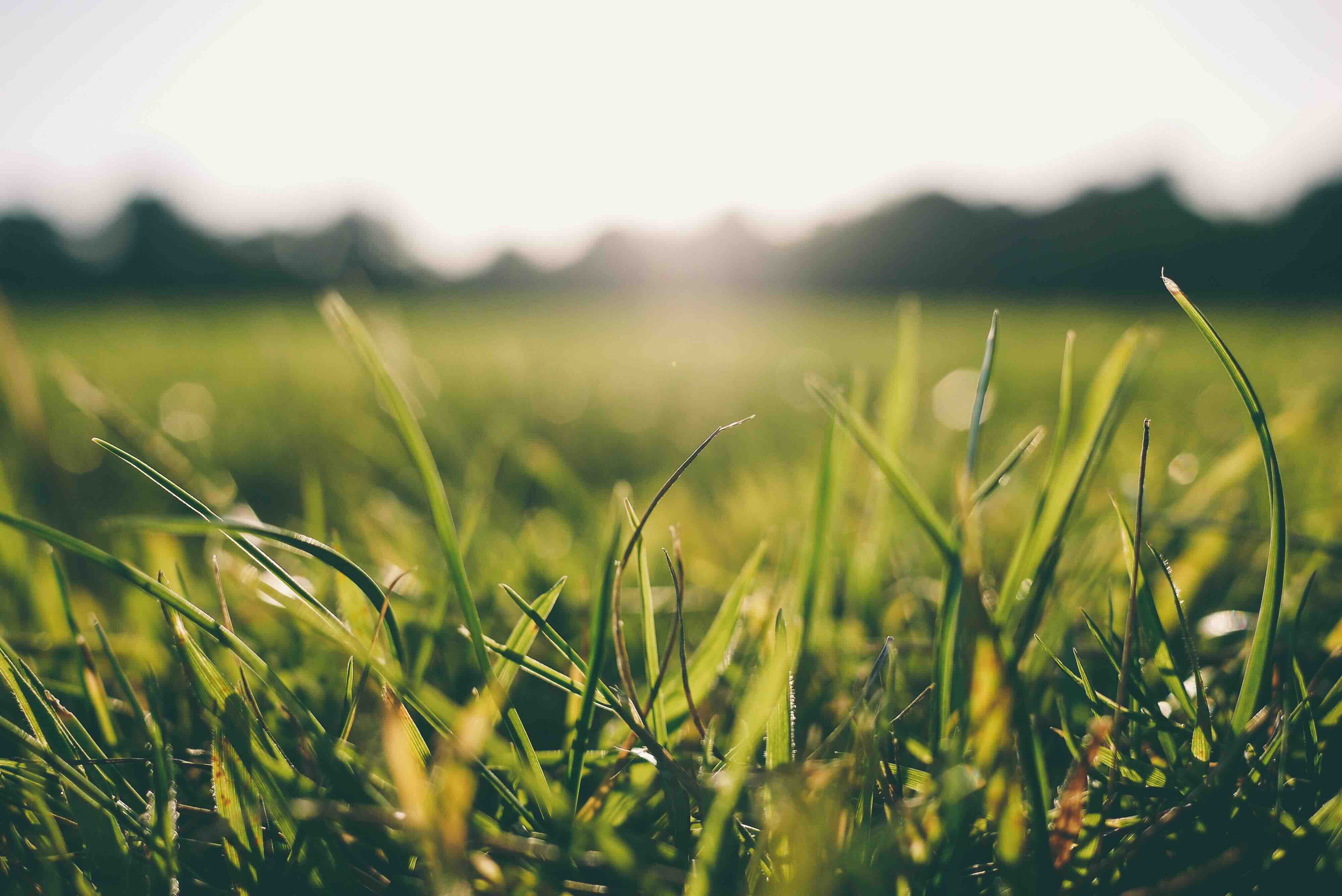

Landscaping Ideas
What Grass Grows Best In Minnesota
Modified: March 27, 2024
Discover the best grass for Minnesota landscapes with our expert landscaping ideas. Find the perfect solution for your lawn today.
(Many of the links in this article redirect to a specific reviewed product. Your purchase of these products through affiliate links helps to generate commission for Storables.com, at no extra cost. Learn more)
Introduction
Minnesota's diverse landscape, characterized by its expansive prairies, lush forests, and picturesque lakes, offers a stunning backdrop for landscaping. One of the key elements in creating a vibrant and inviting outdoor space is the selection of the right grass. Whether you're aiming to cultivate a verdant lawn for your home or seeking the ideal grass species for a commercial property, understanding the unique climate and soil conditions in Minnesota is crucial for successful landscaping.
In this comprehensive guide, we will explore the various types of grasses that thrive in Minnesota's climate, providing valuable insights into the best choices for your specific landscaping needs. From the sun-drenched summers to the snowy winters, Minnesota's climate presents distinct challenges and opportunities for cultivating lush, resilient lawns. By delving into the characteristics of different grass species and offering expert maintenance tips, this guide aims to empower you to make informed decisions that will result in a flourishing and enduring lawn.
Join us as we embark on a journey through the verdant world of grasses, uncovering the secrets to creating a stunning landscape that withstands the diverse and at times extreme weather conditions of Minnesota. Whether you're a seasoned landscaper or a novice enthusiast, this guide will equip you with the knowledge and inspiration to transform your outdoor spaces into vibrant, inviting havens. Let's dive into the rich tapestry of grasses that thrive in the Land of 10,000 Lakes and beyond.
Key Takeaways:
- Minnesota’s climate requires resilient grasses like Kentucky bluegrass, fine fescue, and perennial ryegrass to thrive. Understanding their unique traits and implementing proper maintenance is key to a vibrant lawn.
- Regular mowing, proper watering, and proactive weed control are essential for maintaining a healthy and visually appealing lawn in Minnesota’s diverse climate. Selecting the right grass species and adapting maintenance practices is crucial.
Understanding Minnesota’s Climate
Minnesota experiences a diverse and often challenging climate, characterized by distinct seasonal variations. Summers in the state are typically warm and humid, with average temperatures ranging from 60°F to 83°F. However, occasional heatwaves can push temperatures well into the 90s. The state’s winters, on the other hand, are notoriously cold, with average temperatures hovering between 8°F and 22°F. Sub-zero temperatures are not uncommon, and heavy snowfall is a regular occurrence, particularly in the northern regions.
Given these climate extremes, it’s essential to select grass species that are well-adapted to Minnesota’s weather patterns. The ability to withstand both winter cold and summer heat is a critical factor in choosing the right grass for your lawn. Furthermore, the state’s varying soil types, including loamy soils in the south and clayey soils in the north, add another layer of complexity to the selection process.
Minnesota’s climate presents a unique set of challenges for maintaining a healthy and vibrant lawn. However, with careful consideration of the climate and soil conditions, coupled with the selection of suitable grass species, it is possible to create a resilient and visually appealing landscape that thrives throughout the changing seasons.
Types of Grasses
When it comes to selecting grass for your Minnesota landscape, it’s important to consider the various types of grasses available and their specific characteristics. In general, grasses can be categorized into two main groups: cool-season grasses and warm-season grasses. Each type has unique traits that make it well-suited for particular climates and conditions.
Cool-season grasses, such as Kentucky bluegrass, perennial ryegrass, and fine fescue, are known for their ability to thrive in cooler temperatures. These grasses experience peak growth during the spring and fall, making them ideal for Minnesota’s climate, especially in the northern regions where winter temperatures can be particularly harsh. Cool-season grasses also exhibit good cold tolerance, allowing them to maintain their color and density during the winter months.
On the other hand, warm-season grasses, including species like zoysia grass, Bermuda grass, and St. Augustine grass, are better suited to hotter climates. While these grasses may not be the primary choice for Minnesota’s cooler climate, they can still be utilized in select areas with optimal sunlight and drainage.
Within each category of grass, there are numerous species and cultivars, each with its own unique characteristics. Some grasses are prized for their lush, emerald-green appearance, while others are valued for their exceptional drought tolerance or ability to thrive in shaded areas. By understanding the specific traits of each grass type, you can make an informed decision that aligns with your landscaping goals and the unique climate of Minnesota.
Kentucky bluegrass and fine fescue are the best grasses for Minnesota’s climate. They are hardy, drought-resistant, and can handle the cold winters.
Best Grasses for Minnesota
When it comes to selecting the best grasses for Minnesota, several species stand out for their ability to thrive in the state’s diverse climate and soil conditions. These grasses offer a combination of cold tolerance, disease resistance, and overall resilience, making them well-suited for creating lush, enduring lawns throughout Minnesota.
1. Kentucky Bluegrass
Kentucky bluegrass is a popular choice for Minnesota lawns due to its exceptional cold tolerance and lush, dense growth. This cool-season grass thrives in the state’s climate and exhibits remarkable resilience in the face of temperature fluctuations. Its fine texture and rich green color make it a visually appealing option for residential and commercial landscapes alike.
2. Fine Fescue
Fine fescue grasses, including creeping red fescue and chewings fescue, are valued for their adaptability to a range of soil types and their ability to thrive in shaded areas. These grasses are well-suited for Minnesota’s diverse landscape and are known for their low maintenance requirements, making them an attractive choice for homeowners seeking a resilient and hassle-free lawn.
3. Perennial Ryegrass
Perennial ryegrass is prized for its rapid germination and establishment, making it an excellent choice for overseeding in Minnesota lawns. This cool-season grass exhibits strong wear tolerance and can withstand heavy foot traffic, making it a preferred option for high-traffic areas such as sports fields and recreational spaces.
While these grass species are among the best choices for Minnesota, it’s essential to consider factors such as sunlight exposure, soil composition, and intended land use when selecting the most suitable grass for your specific landscaping needs. By understanding the unique characteristics of each grass species, you can make an informed decision that results in a vibrant and enduring lawn tailored to Minnesota’s climate.
Maintenance Tips
Maintaining a healthy and vibrant lawn in Minnesota requires diligent care and attention throughout the changing seasons. By implementing effective maintenance practices, you can ensure that your grass thrives and remains resilient in the face of the state’s diverse climate and environmental factors. Here are some essential maintenance tips to help you achieve a stunning and enduring lawn:
- Regular Mowing: Keep your grass at an optimal height by mowing it regularly, especially during the active growing seasons. For cool-season grasses, maintain a mowing height of around 2.5 to 3.5 inches to promote healthy growth and discourage weed infestation.
- Proper Watering: Ensure that your lawn receives adequate and consistent watering, particularly during dry periods. Deep, infrequent watering is preferable, as it encourages deep root growth and enhances the grass’s resilience to drought conditions.
- Fertilization: Apply fertilizers at the appropriate times to provide essential nutrients for your grass. Consider conducting a soil test to determine the specific nutritional needs of your lawn and select a fertilizer that addresses any deficiencies.
- Aeration: Periodically aerate your lawn to alleviate soil compaction and promote better air and water penetration. Aeration helps enhance root development and overall turf health, particularly in areas with heavy foot traffic.
- Weed Control: Implement effective weed control measures to prevent invasive species from encroaching on your lawn. Regularly inspect and address weed growth to maintain the pristine appearance of your grass.
- Disease Management: Monitor your lawn for signs of disease and promptly address any issues to prevent the spread of infections. Proper airflow, adequate watering, and regular maintenance can help reduce the risk of disease outbreaks.
By incorporating these maintenance tips into your lawn care routine, you can foster a resilient and visually appealing landscape that thrives in Minnesota’s climate. Additionally, staying attuned to the specific needs of your chosen grass species and adapting your maintenance practices accordingly will contribute to the long-term health and vitality of your lawn.
Conclusion
As we conclude our exploration of the best grasses for Minnesota, it’s evident that the state’s diverse climate and soil conditions present both challenges and opportunities for landscaping enthusiasts. By understanding the unique traits of various grass species and their suitability for Minnesota’s climate, you can make informed decisions that result in vibrant, enduring lawns tailored to the state’s environmental nuances.
From the cold tolerance of Kentucky bluegrass to the adaptability of fine fescue and the resilience of perennial ryegrass, Minnesota offers a wealth of options for creating lush, visually appealing landscapes. By selecting the most suitable grass species and implementing effective maintenance practices, you can cultivate a vibrant and enduring lawn that enhances the beauty of your outdoor spaces throughout the changing seasons.
It’s important to recognize that successful lawn care in Minnesota extends beyond the selection of grass species. Diligent maintenance, including regular mowing, proper watering, fertilization, and proactive weed and disease management, is essential for nurturing a healthy and resilient lawn. By incorporating these maintenance tips into your landscaping routine, you can ensure that your grass thrives and remains visually captivating year-round.
Ultimately, the journey to creating a stunning and enduring lawn in Minnesota is a rewarding endeavor that offers a myriad of benefits, from enhancing the aesthetic appeal of your property to providing a welcoming outdoor environment for leisure and recreation. By leveraging the knowledge and insights shared in this guide, you are empowered to embark on this journey with confidence, equipped with the tools to transform your outdoor spaces into vibrant, inviting havens that withstand the diverse and at times extreme weather conditions of Minnesota.
As you venture forth in your landscaping endeavors, may the lush greenery of your Minnesota lawn serve as a testament to the harmonious coexistence between nature’s resilience and the artistry of thoughtful cultivation.
Frequently Asked Questions about What Grass Grows Best In Minnesota
Was this page helpful?
At Storables.com, we guarantee accurate and reliable information. Our content, validated by Expert Board Contributors, is crafted following stringent Editorial Policies. We're committed to providing you with well-researched, expert-backed insights for all your informational needs.
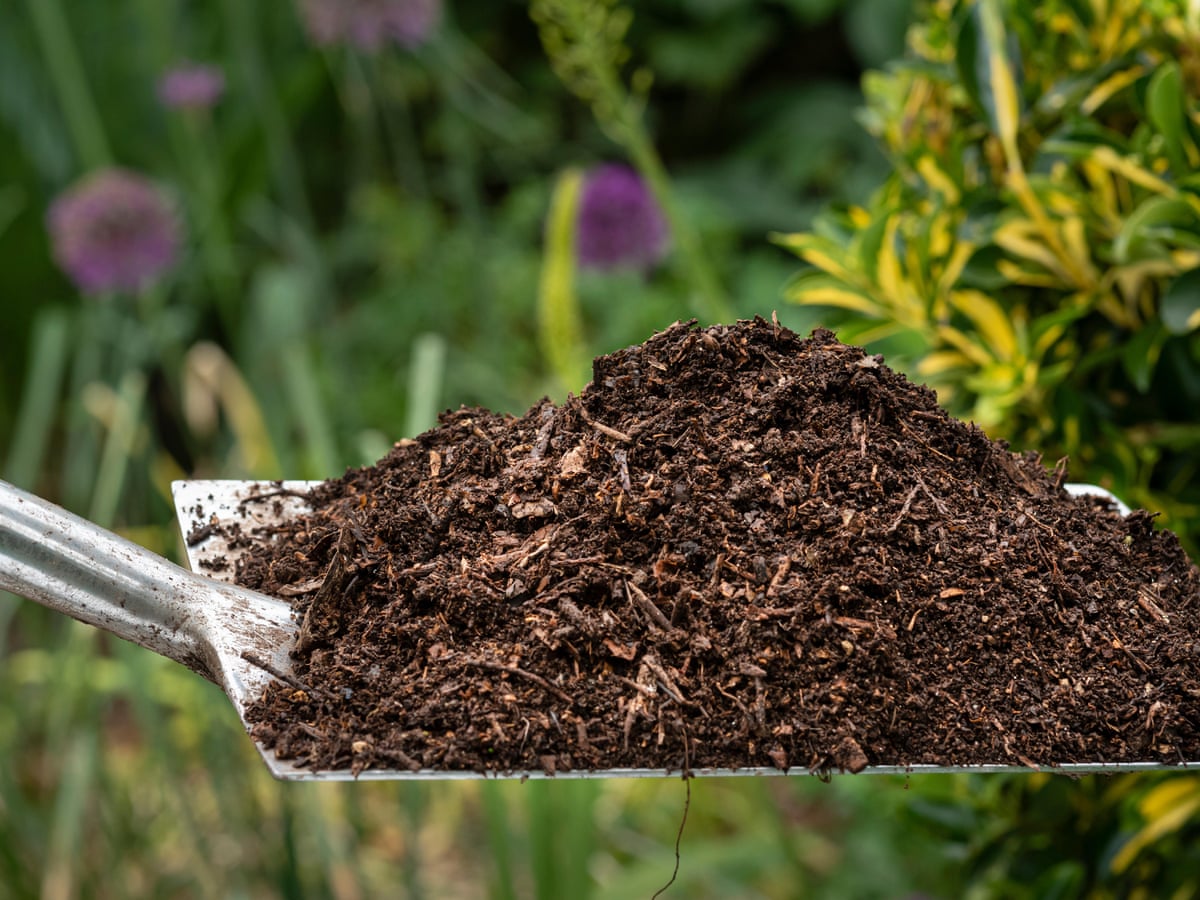
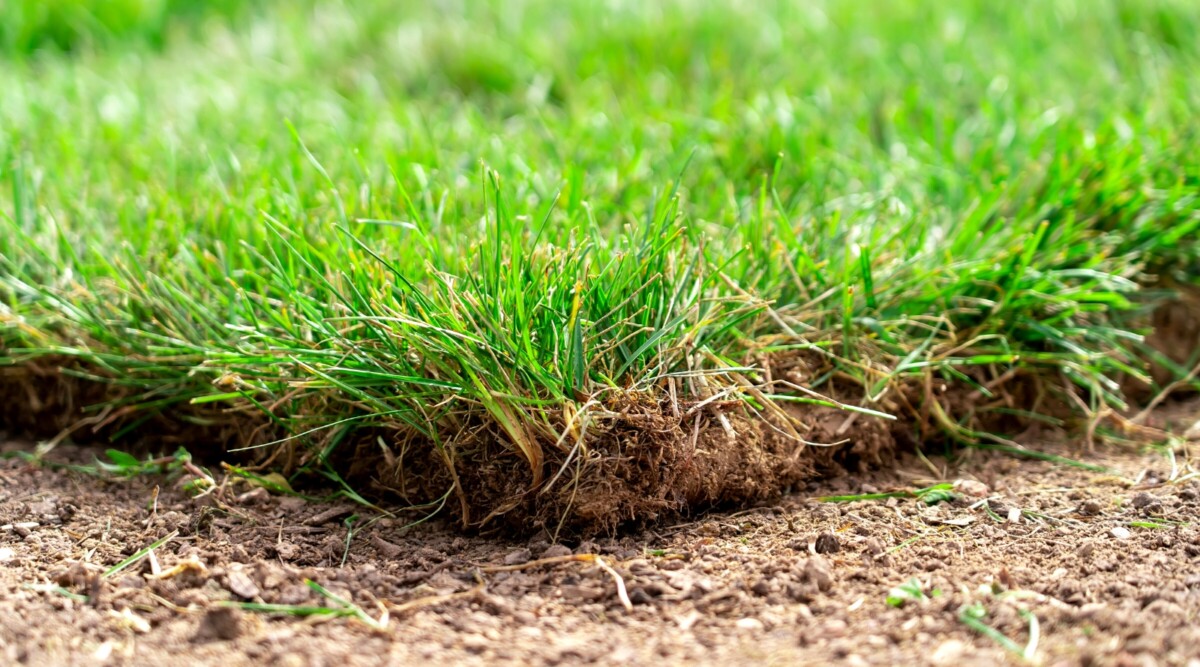
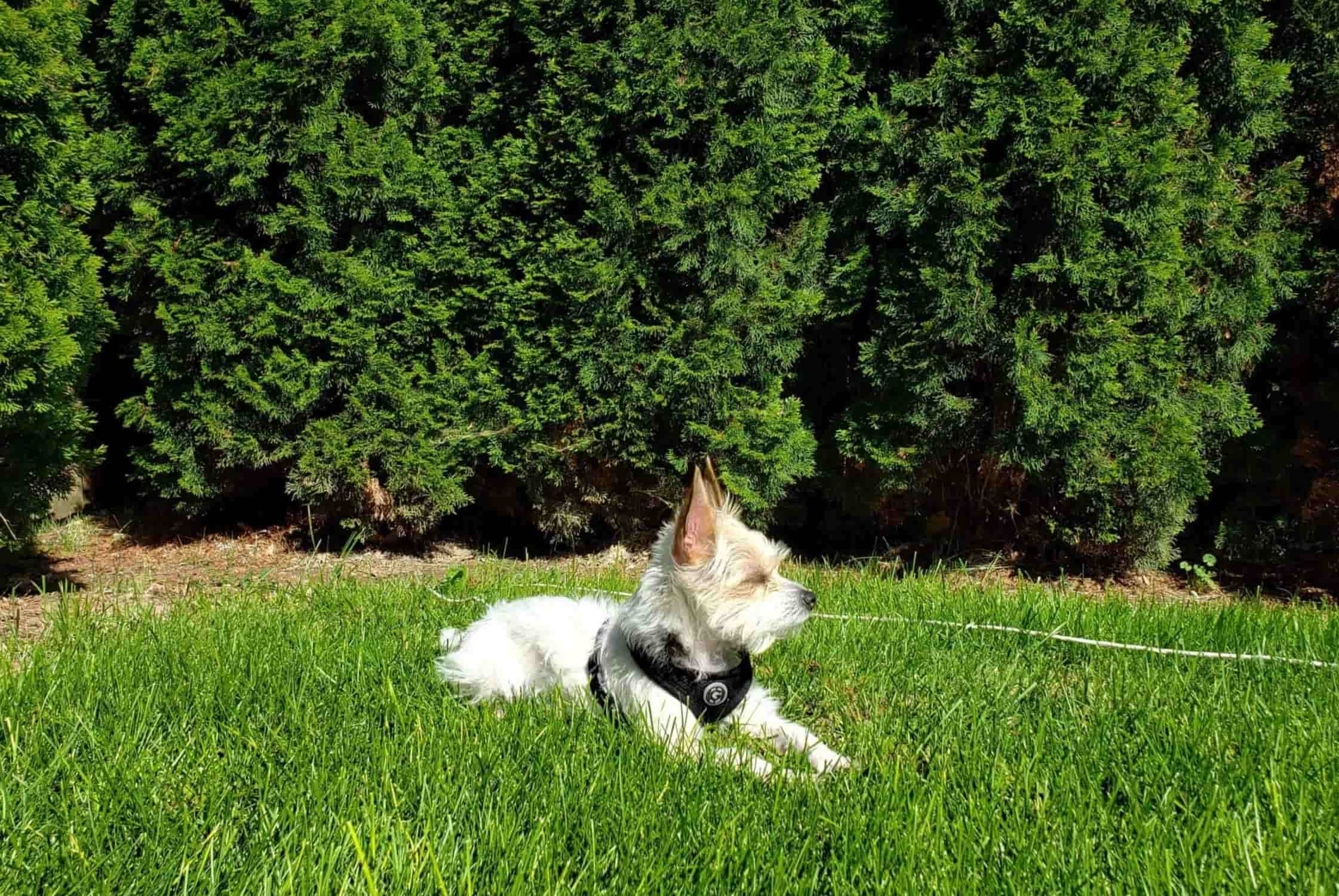
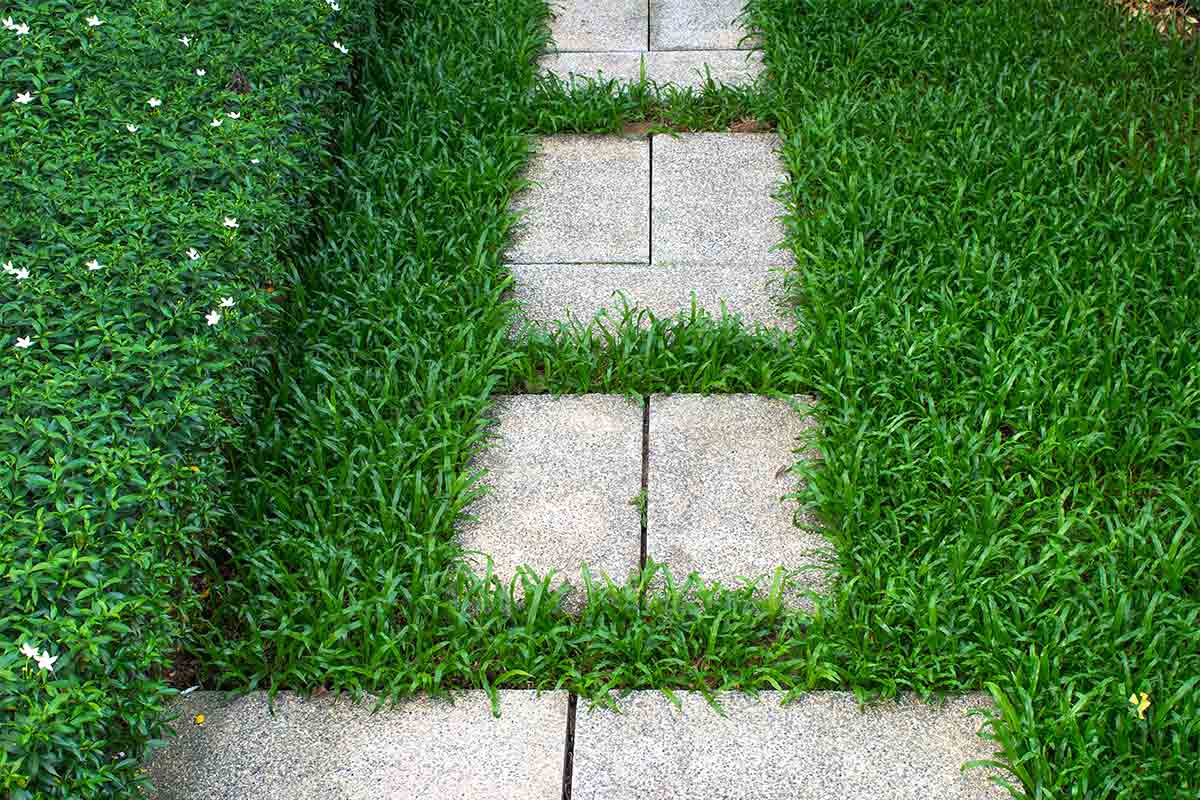
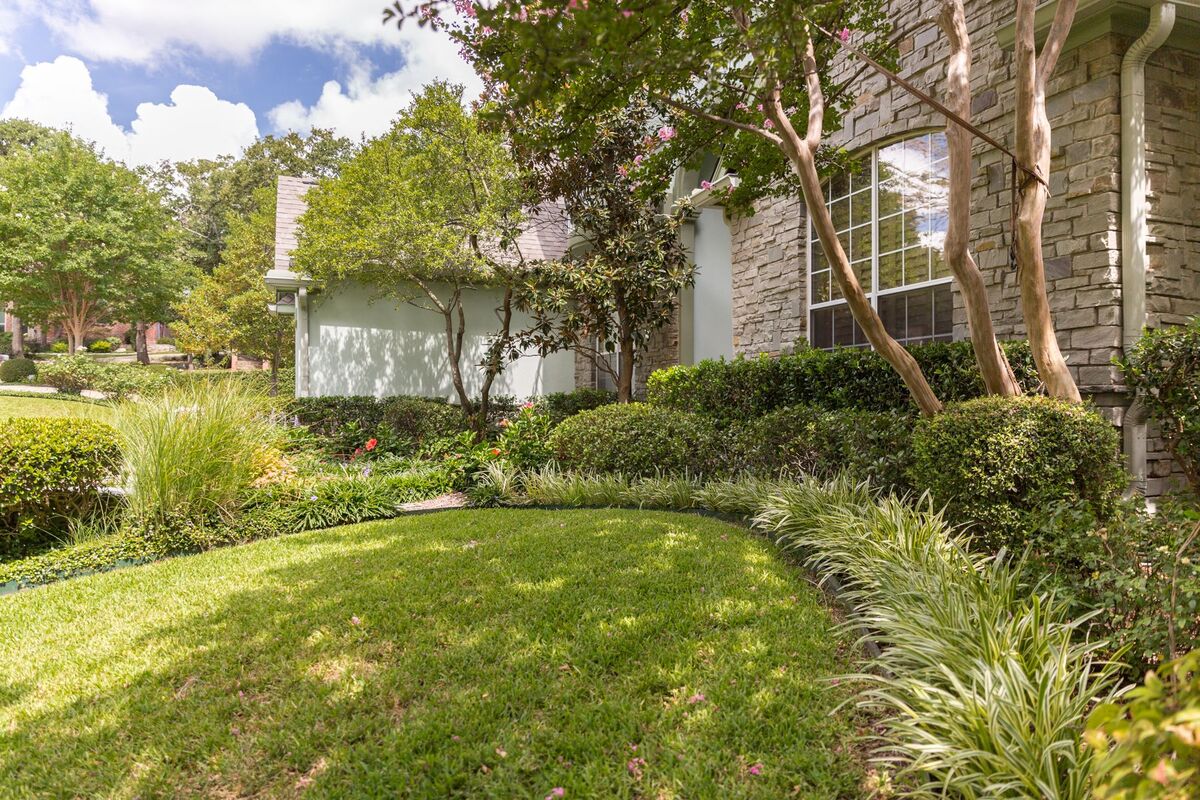
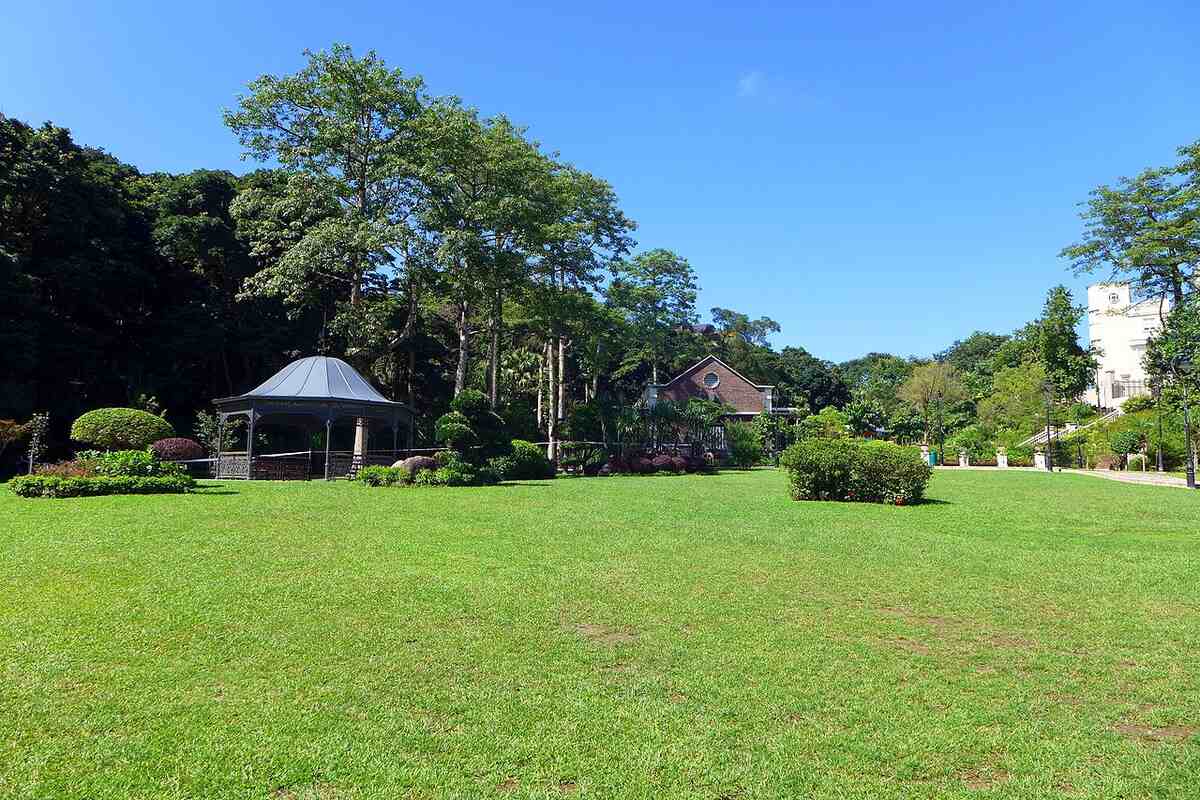
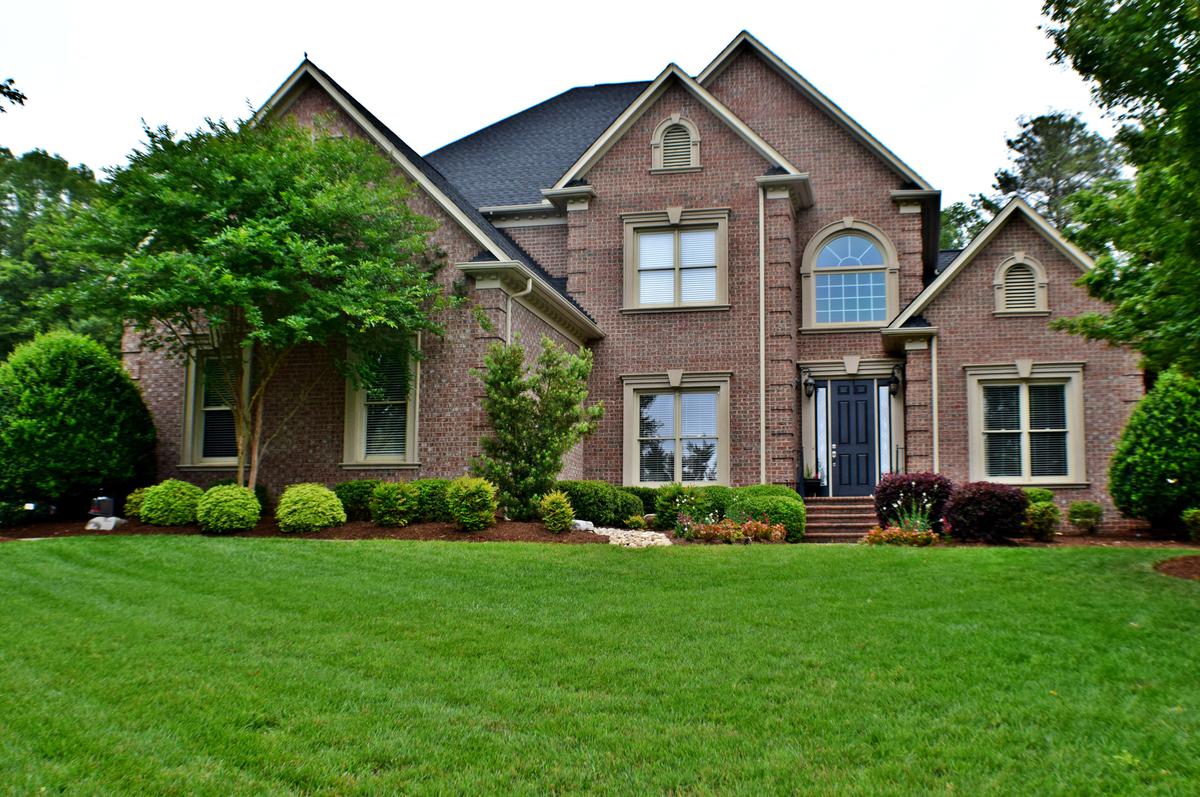
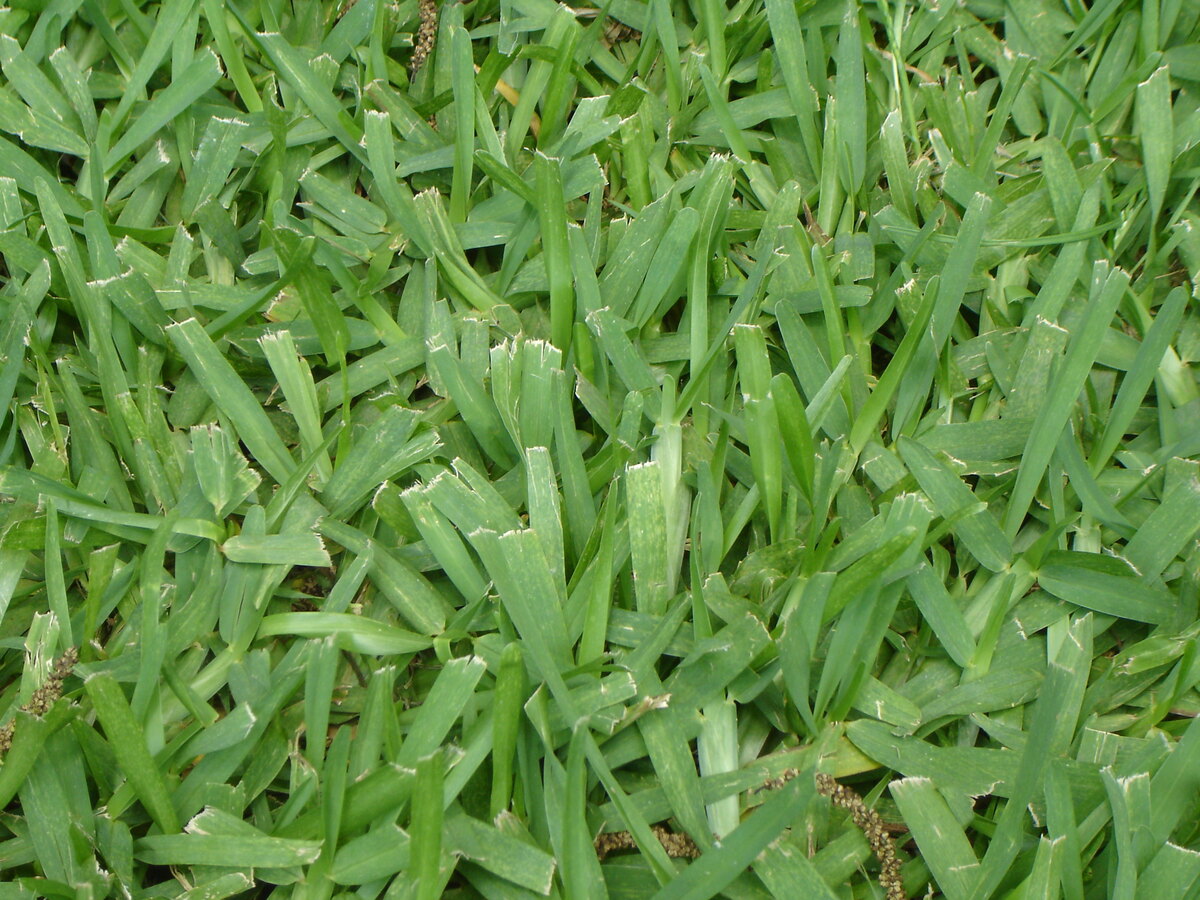
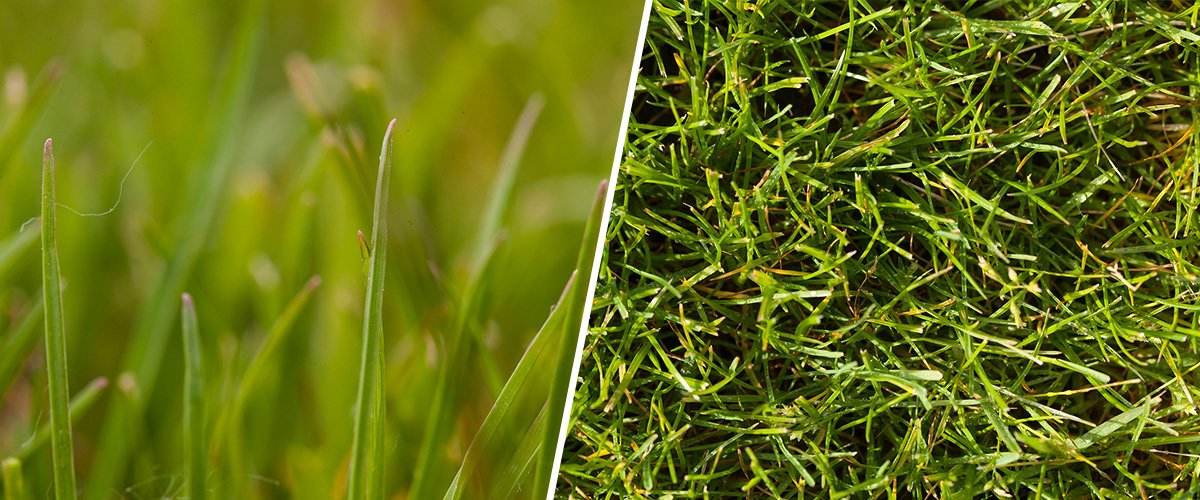
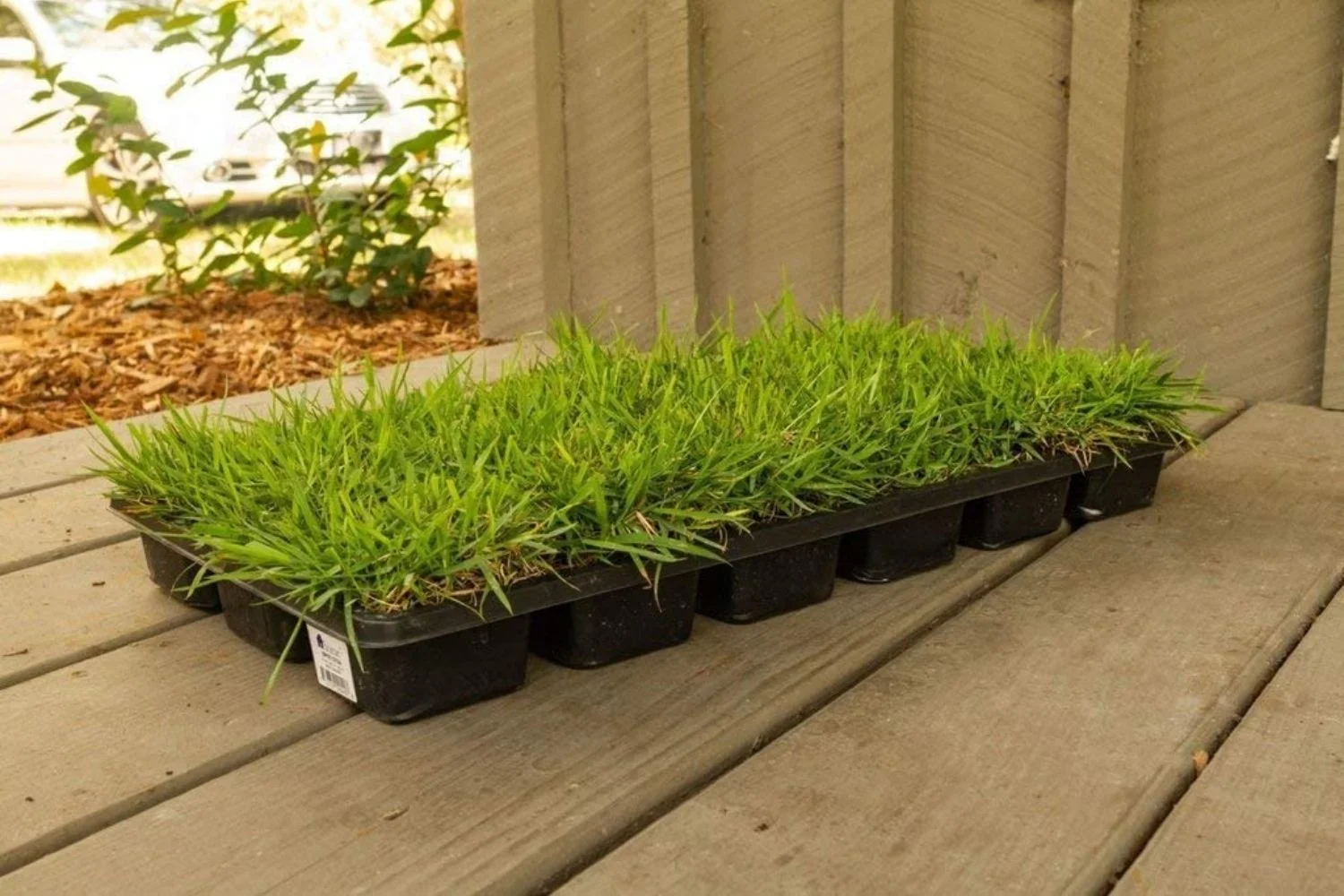
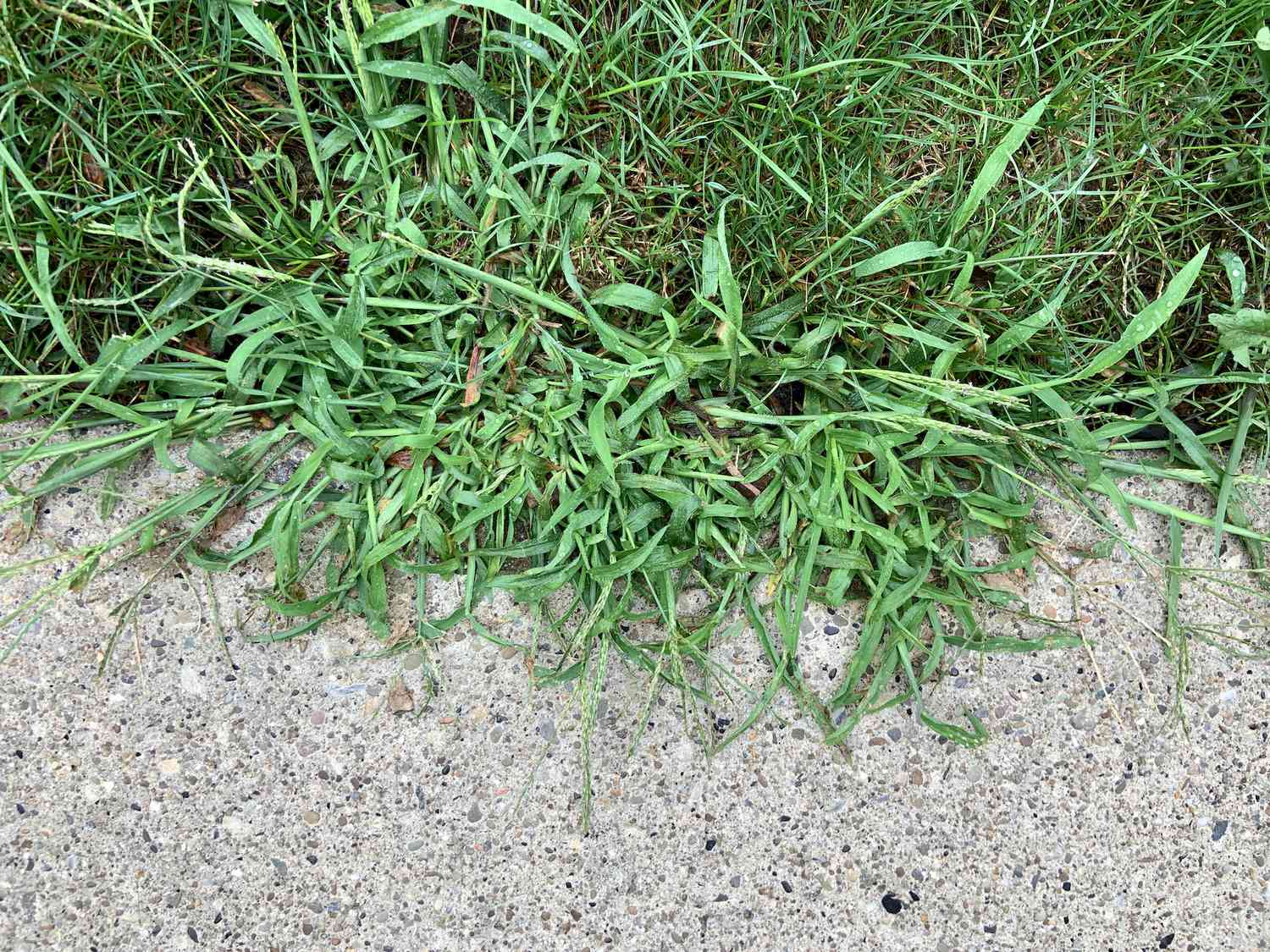
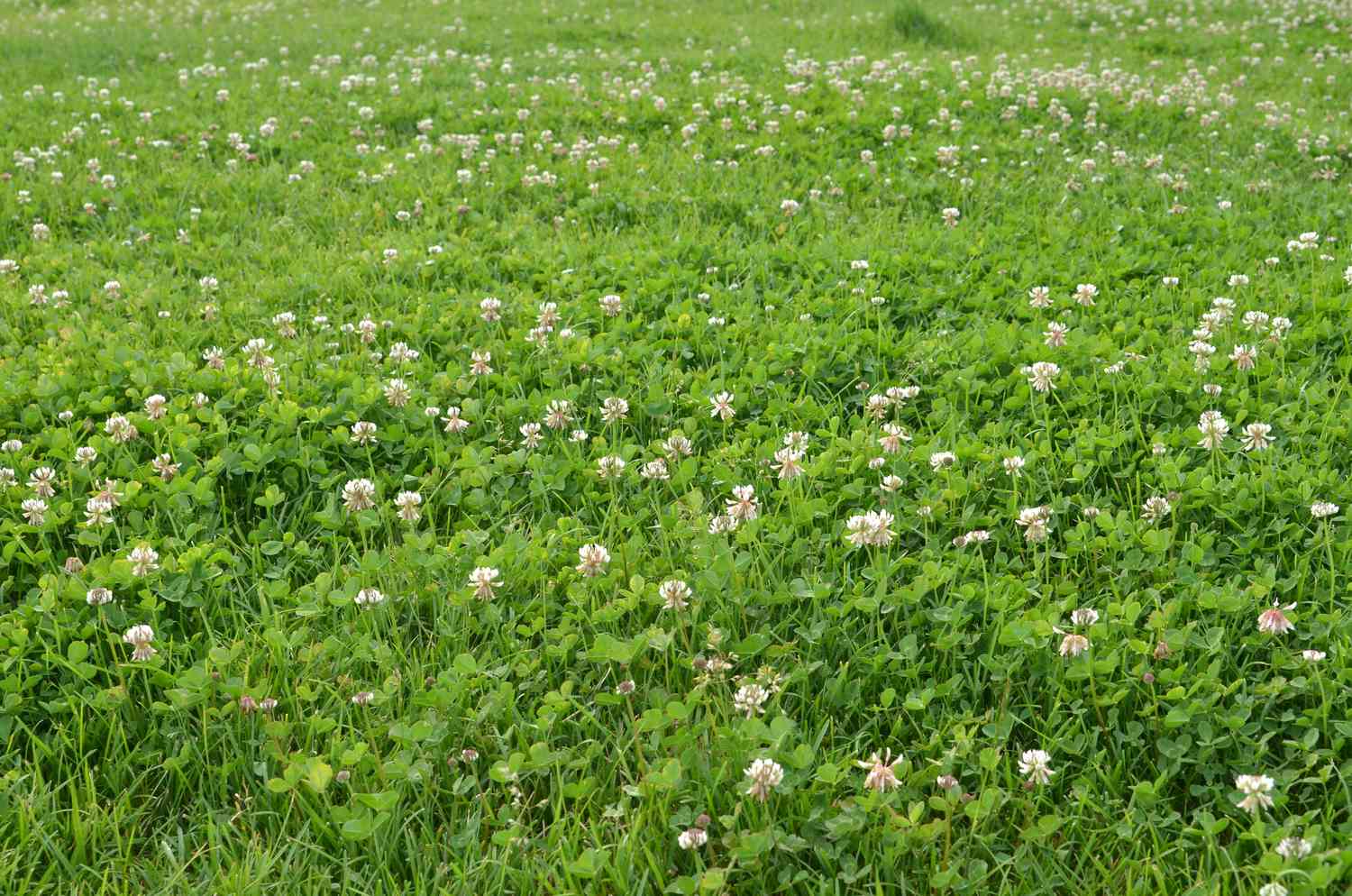
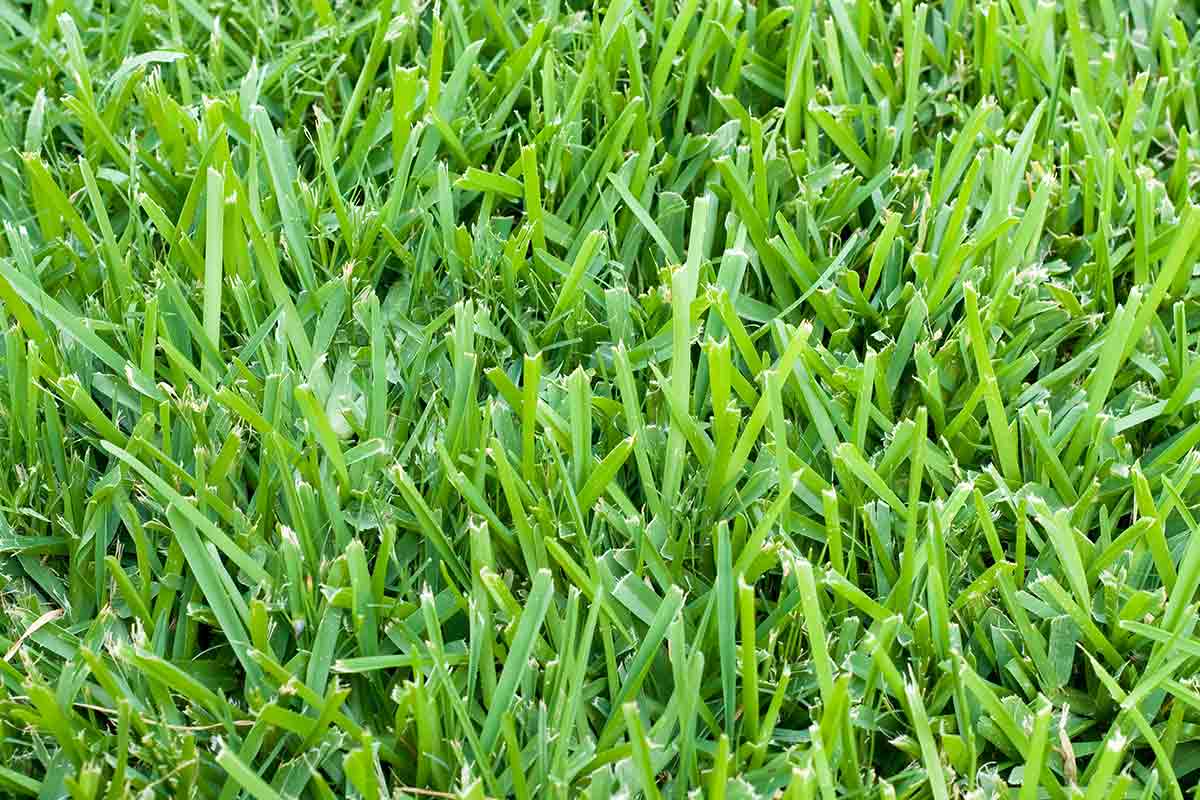
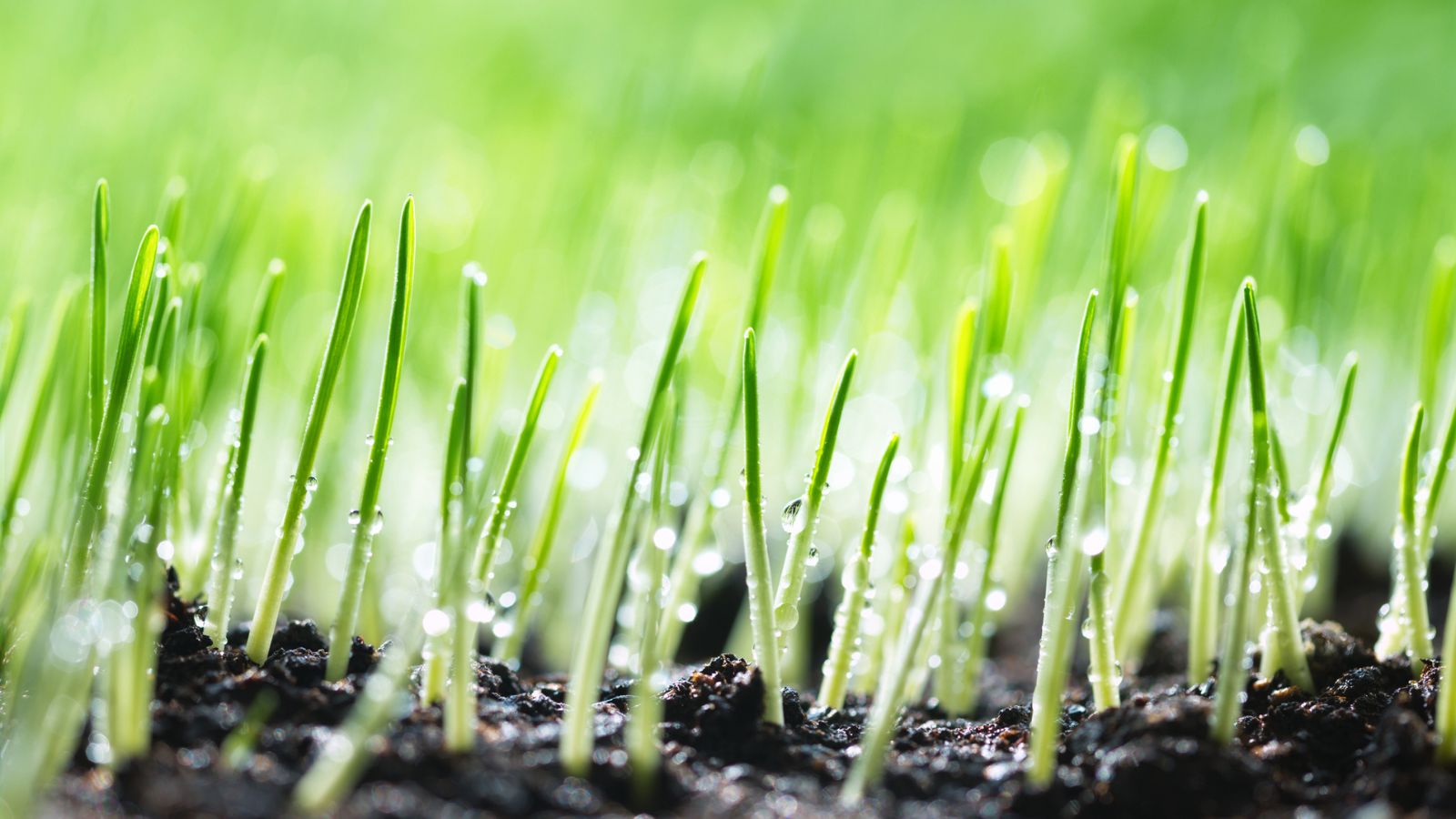

0 thoughts on “What Grass Grows Best In Minnesota”